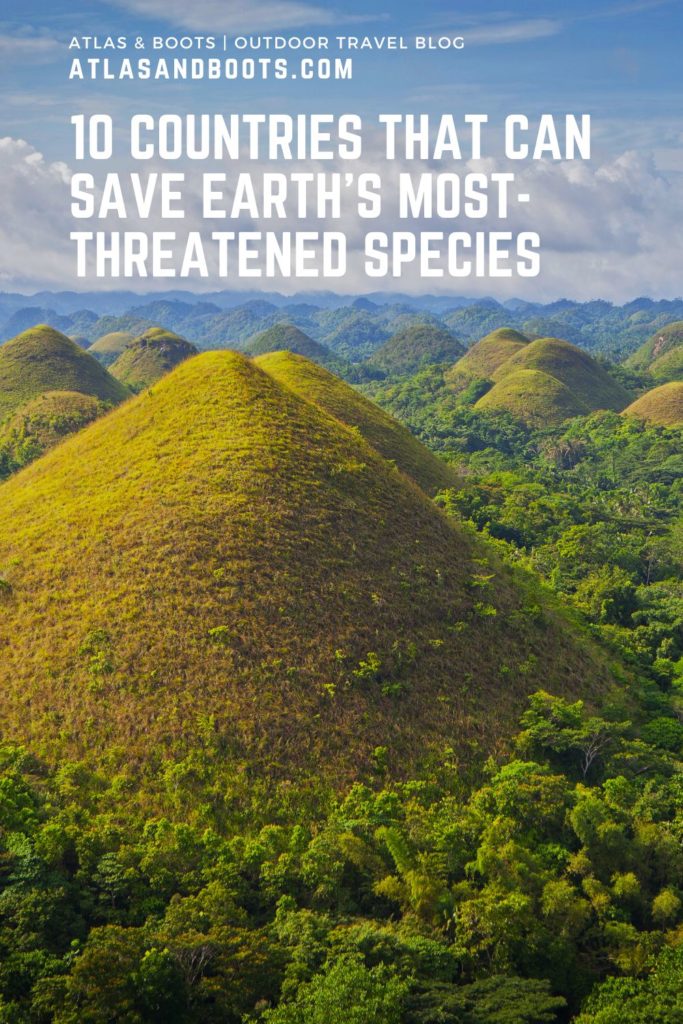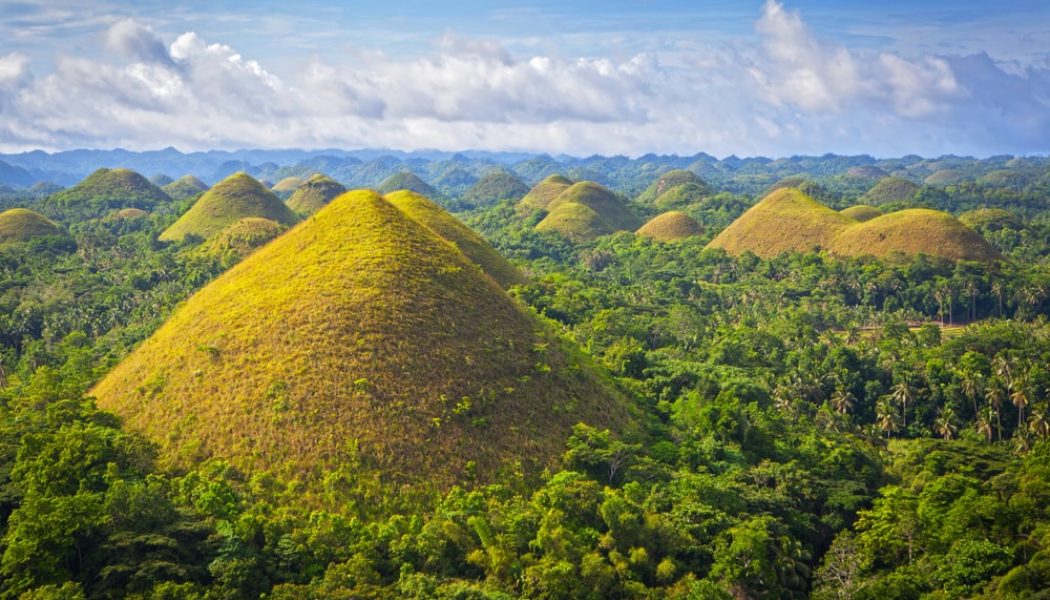From lush megadiversity to the unexpected entry at number 10, we review the countries that can save Earth’s most-threatened species
As a child, I lived with cockroaches in my family home. Our entire street had an infestation and it was months before the council got rid of them. I have seven siblings and not all of us fit on the sofa, so some of us would watch TV from the floor and I remember things scuttling by right next to my hand, making me leap up and scream. Sometimes, one would scurry across my pillow right before bedtime. This, quite understandably, gave me a mortal fear of bugs.
I found ways to cope: not opening my windows even in the height of summer, travelling with bug spray and a mosquito net on our trip around the world, using earplugs and an eye mask that time we camped in the outback.
Over the past few summers, however, I have noticed something unsettling. I can leave my window open – even at night – and I won’t get large moths in my home like I used to as a child. I will no longer find creepy crawlies in the corners of my ceiling, or see bees and butterflies in my garden like I used to as a child.
This has brought the ‘insect apocalypse’ into sharp relief for me. So marked is the precipitous decline in central Europe’s insect populations, that I with my untrained eye can observe it in my everyday life.
Of course, it’s not just insect populations that are declining. As author Elizabeth Kolbert explains in her brilliant book, The Sixth Extinction: An Unnatural History, humans are wiping out other species at an alarming scale and rate.
A new study, published in the journal Frontiers in Science, suggests an actionable way to stem the tide of destruction. The study identifies 16,825 sites around the world where conservation efforts would prevent the extinction of thousands of unique species. These sites, or ‘Conservation Imperatives’ (CI), amount to just 1.2% of Earth’s land but could save its most threatened species.
Notably, 38% of the sites are within 1.5 miles (2.5 km) of an existing protected area. Expanding these areas would be potential quick wins and would prevent the loss of thousands of the mammals, birds, amphibians and plants that are closest to disappearing.
One stark fact to come out of the study is that just five countries account for over 50% of the CI sites. If we extend the list to 10, we cover 73% of the sites.
Just 10 countries can preserve nearly three quarters of all the sites identified, in turn saving many of Earth’s most-threatened species. Here is who they are.
Countries that can save Earth’s most-threatened species
Below, we list that the countires that can save Earth’s most-threatened species, ranked from the country with the most CI sites to the least.
1. Philippines
No. of CI sites: 3,355
Percentage of total sites: 19.5%
No. of sites adjacent to an existing protected area: 833 (25%)
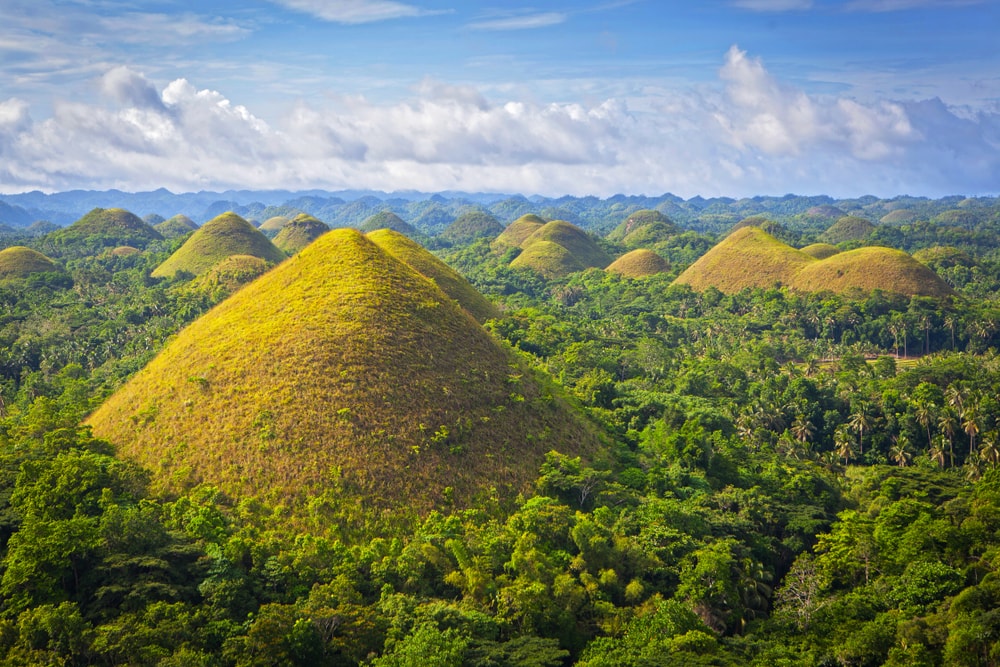
The Philippines is an archipelago in the Pacific Ocean, comprising 7,640 islands. Around 2,000 of the islands are uninhabited and the bulk of the country’s fast-growing population lives on 11 of the islands.
The country can be divided into three main areas: Luzon, the largest and northernmost island, which includes the capital, Manila; the Visayas islands; and Mindanao, the country’s second-largest island, situated at the southern end of the archipelago.
The most important CI sites in the Philippines include the Mindanao–Eastern Visayas rain forests, the Luzon rainforests and the Mindanao montane rain forests.
The Philippines is uniquely placed to save Earth’s most-threatened species but, startlingly, in 2022 it was the deadliest country for environmental activists in Asia with 11 environmental defenders killed that year.
2. Brazil
No. of CI sites: 3,342
Percentage of total sites: 19.4%
No. of sites adjacent to an existing protected area: 781 (23%)
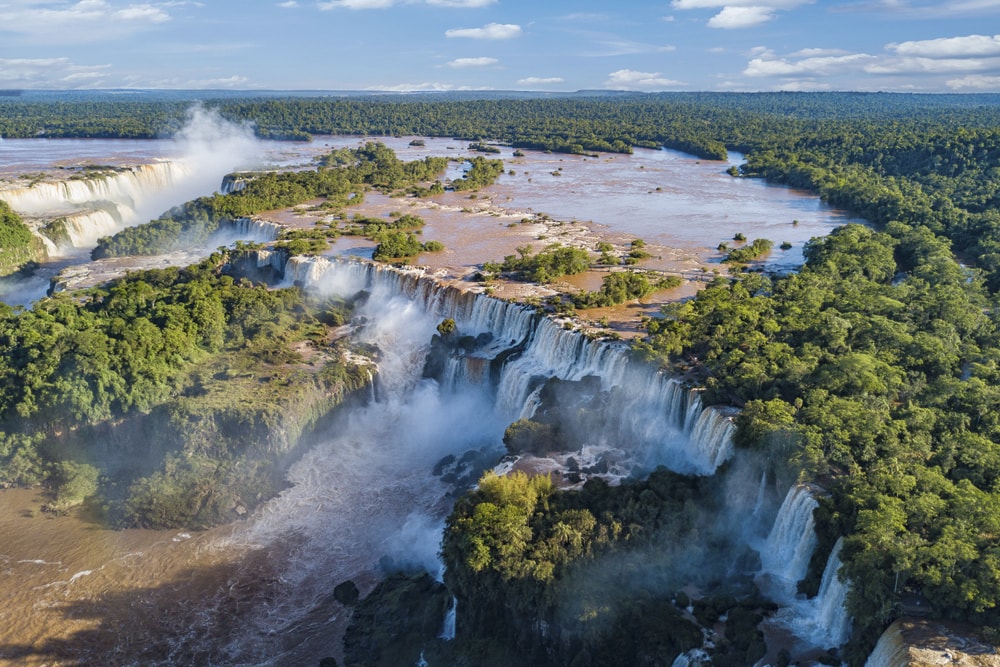
Home to 60% of the Amazon rainforest, Brazil is the most biodiverse country in the world. It is the largest country in South America and accounts for 15-20% of the world’s biological diversity.
Brazil single-handedly accounts for nearly a fifth of all the CI sites identified in the study. Among its most important are the Bahia coastal and interior forests, the Serra do Mar coastal forests, the Alto Paraná Atlantic forests and the Pernambuco coastal forests.
Sadly, there are myriad threats to Brazil’s biodiversity including fragmentation and loss of habitat, overexploitation of plants and animals, the introduction of alien species and exotic illnesses, pollution and climate change, not to mention the legacy of its former president, Bolsonaro, a climate change denier and staunch opponent of environmental regulations.
3. Indonesia
No. of CI sites: 1,893
Percentage of total sites: 11%
No. of sites adjacent to an existing protected area: 387 (2%)
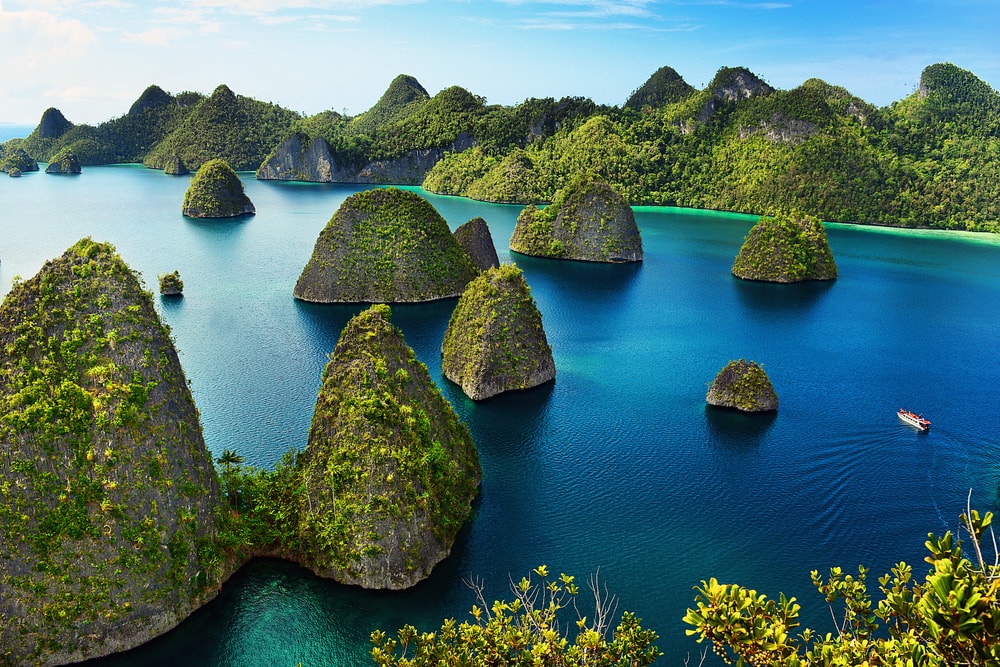
Indonesia is the world’s largest archipelagic state and comprises around 17,000 islands, only 990 of which are permanently inhabited.
Home to the famous komodo dragon, Indonesia accounts for 11% of the CI sites identified in the study. Among them are the Western Java montane rain forests, Borneo lowland rain forests and the Sulawesi lowland and montane rain forests.
Unfortunately, only 2% of the sites identified in Indonesia are adjacent to sites already protected, which means that the country must mount a monumental effort if it is to do its part in saving Earth’s most-threatened species.
4. Madagascar
No. of CI sites: 968
Percentage of total sites: 5.6%
No. of sites adjacent to an existing protected area: 183 (19%)
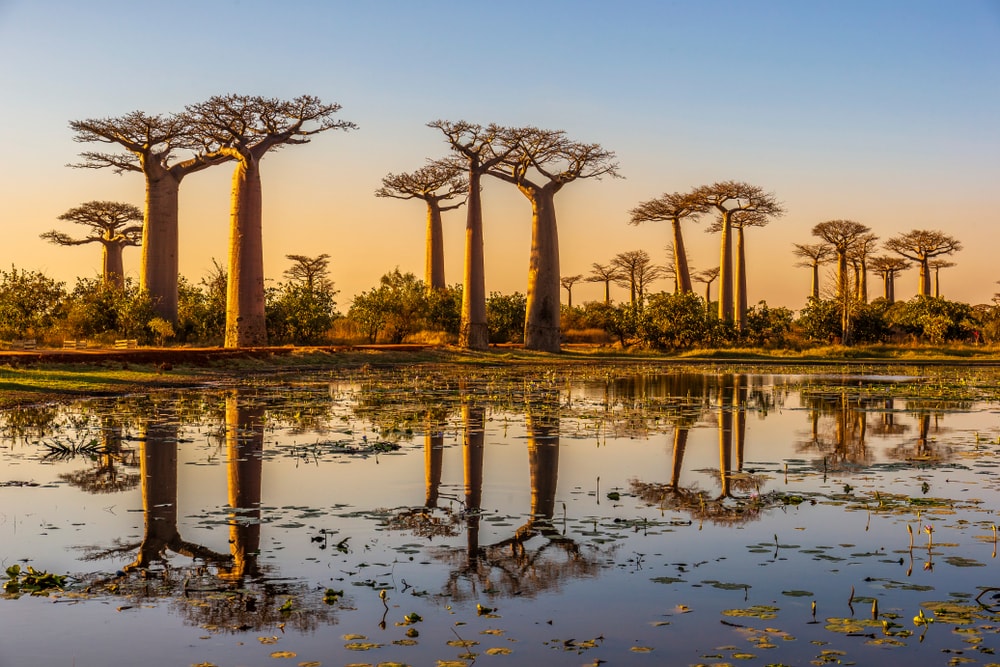
It’s no surprise that Madagascar is one of the countries that can save Earth’s most-threatened species. A cauldron of biodiversity, it is home to the endemic lemur which, according to the International Union for Conservation of Nature (IUCN), is one of the most endangered mammals on Earth. As of 2020, 98% of lemur species are threatened with extinction and 31% are critically endangered.
Madagascar’s CI sites include the Madagascar humid forests, subhumid forests and dry deciduous forests. With nearly a fifth of the sites adjacent to already protected areas, Madagascar could potentially make quick gains in its conservation efforts.
5. Colombia
No. of CI sites: 761
Percentage of total sites: 4.4%
No. of sites adjacent to an existing protected area: 423 (5%)
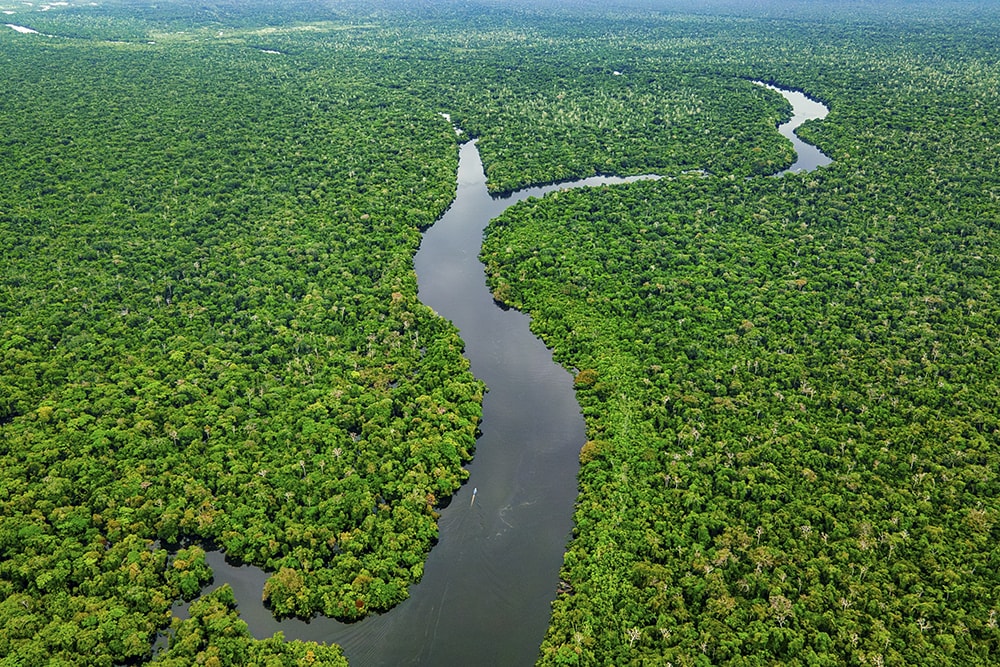
Colombia is home to contrasting landscapes, from tropical beaches to the snow-covered peaks of the Andes and the dense forests of the Amazon Basin.
Dubbed the ‘gateway to South America’, Colombia has an extraordinary biodiversity of birds, plants, butterflies, freshwater fish and amphibians. The country’s most important CI sites include the Eastern Cordillera Real montane forests, Northwest Andean montane forests, Magdalena Valley montane forests and the Northern Andean páramo.
Sadly, Colombia’s natural ecosystems have been transformed by agriculture with an estimated 95% of the country’s dry forests reduced from their original cover.
6. Ecuador
No. of CI sites: 653
Percentage of total sites: 3.8%
No. of sites adjacent to an existing protected area: 157 (24%)

Ecuador is named after the equator and is home to Andean peaks, coast, tropical rainforests and the volcanic Galápagos Islands, which famously shaped Darwin’s theory of evolution.
In terms of terrestrial Ecuador, the most important CI sites include the Eastern Cordillera Real montane forests, the Northwest Andean montane forests and the Northern Andean páramo.
Ecuador does not publish official deforestation data at regular intervals like many of its peers, but it’s said to have the highest annual deforestation rate of any country in the western hemisphere.
7. Papua New Guinea
No. of CI sites: 527
Percentage of total sites: 3.1%
No. of sites adjacent to an existing protected area: 26 (5%)
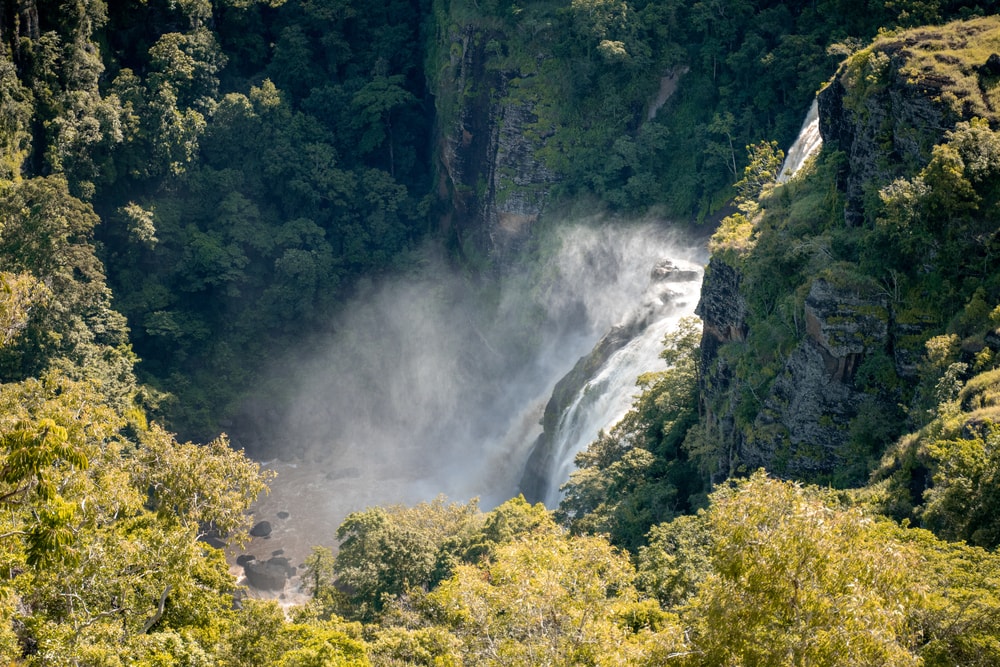
Papua New Guinea occupies the eastern half of the island of New Guinea and has more than 4,970 miles (8,000km) of mangrove swamps, lagoons, wetlands, coral reefs and atolls, plus island archipelagos and hundreds of offshore islands.
It is home to the world’s third largest expanse of tropical rainforest, after the Amazon and the Congo Basin, making it one of the top countries that can save Earth’s most threatened species.
Among PNG’s most important CI sites are the Central Range Papuan montane rain forests, the Southeast Papuan rain forests and the Northern New Guinea lowland rain and freshwater swamp forests.
8. India
No. of CI sites: 437
Percentage of total sites: 2.5%
No. of sites adjacent to an existing protected area: 65 (15%)

India benefits from a wide range of ecosystems and habitats including forest, grassland, wetland, desert, and coastal and marine ecosystems. It is home to rare endangered species such as the Asiatic ibex, Tibetan argali, wild yak and snow leopard, and is a stronghold of three cat predators: the lion, leopard and tiger. In fact, the country is home to nearly 7-8% of the recorded species of the world.
India’s main threats to biodiversity include over-exploitation of resources, the impact of development projects and the impact of pollution.
Conservation of biodiversity is crucial here as it provides goods and services necessary for human survival and is directly linked with improving socio-economic conditions for millions of Indians.
9. Peru
No. of CI sites: 342
Percentage of total sites: 2%
No. of sites adjacent to an existing protected area: 101 (30%)
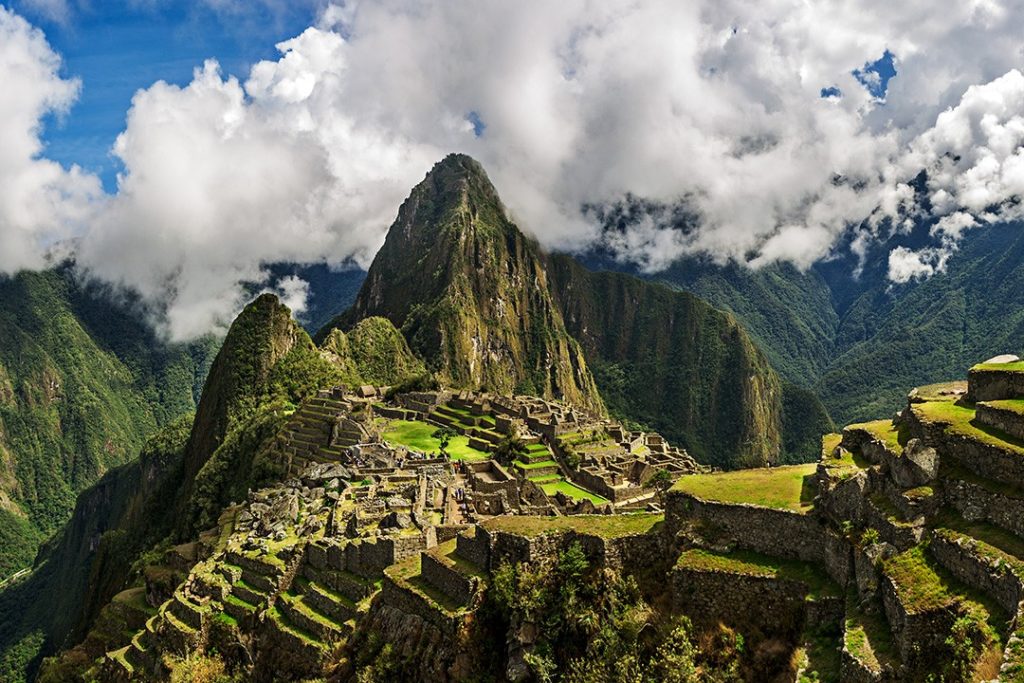
Peru’s ecosystems range from mountains and coastal hills to rainforest, dry forest, wetland and moorland. Of the 342 CI sites identified in Peru, 101 (30%) are adjacent to an existing protected area – the highest proportion on this list – meaning that Peru is particularly well positioned as one of the countries that can save Earth’s most threatened species.
Peru’s most important CI sites include the Eastern Cordillera Real montane forests and the Peruvian Yungas. While latest trends show that biodiversity in Peru is increasing, the IUCN Red List indicates that there has also been an increase in the number of threatened species.
The main threats to Peru’s mountain and forest ecosystems are land use change, climate change, deforestation and extractive activities. Threats to its water ecosystems include pollution, degradation, damming and overfishing.
10. Turkey
No. of CI sites: 304
Percentage of total sites: 1.8%
No. of sites adjacent to an existing protected area: 2 (~1%)
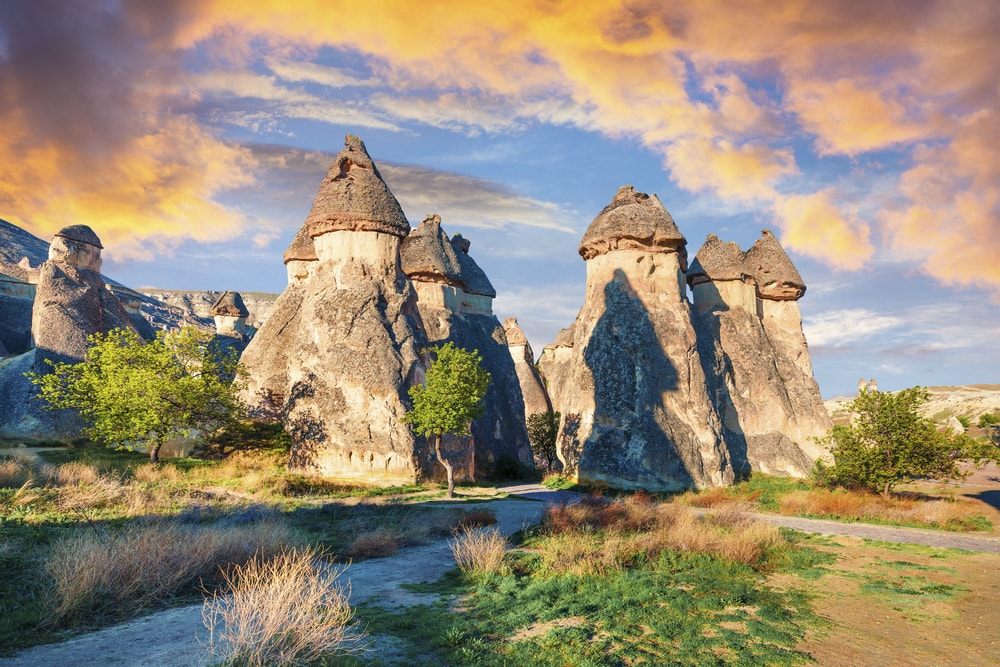
Turkey is the only country on this list that is not recognised as one of the megadiverse countries in the world.
Nevertheless, it is home to 304 CI sites including the Eastern Mediterranean conifer-broadleaf forests, the Southern Anatolian montane conifer and deciduous forests, the Eastern Anatolian montane steppe and the Aegean and Western Turkey sclerophyllous and mixed forests.
Turkey is situated on two major bird migration routes, which makes it important in terms of feeding and breeding areas provided for birds. The country also has a rich plant biodiversity and a high rate of endemism.
Enjoyed this post? pin it for later…
